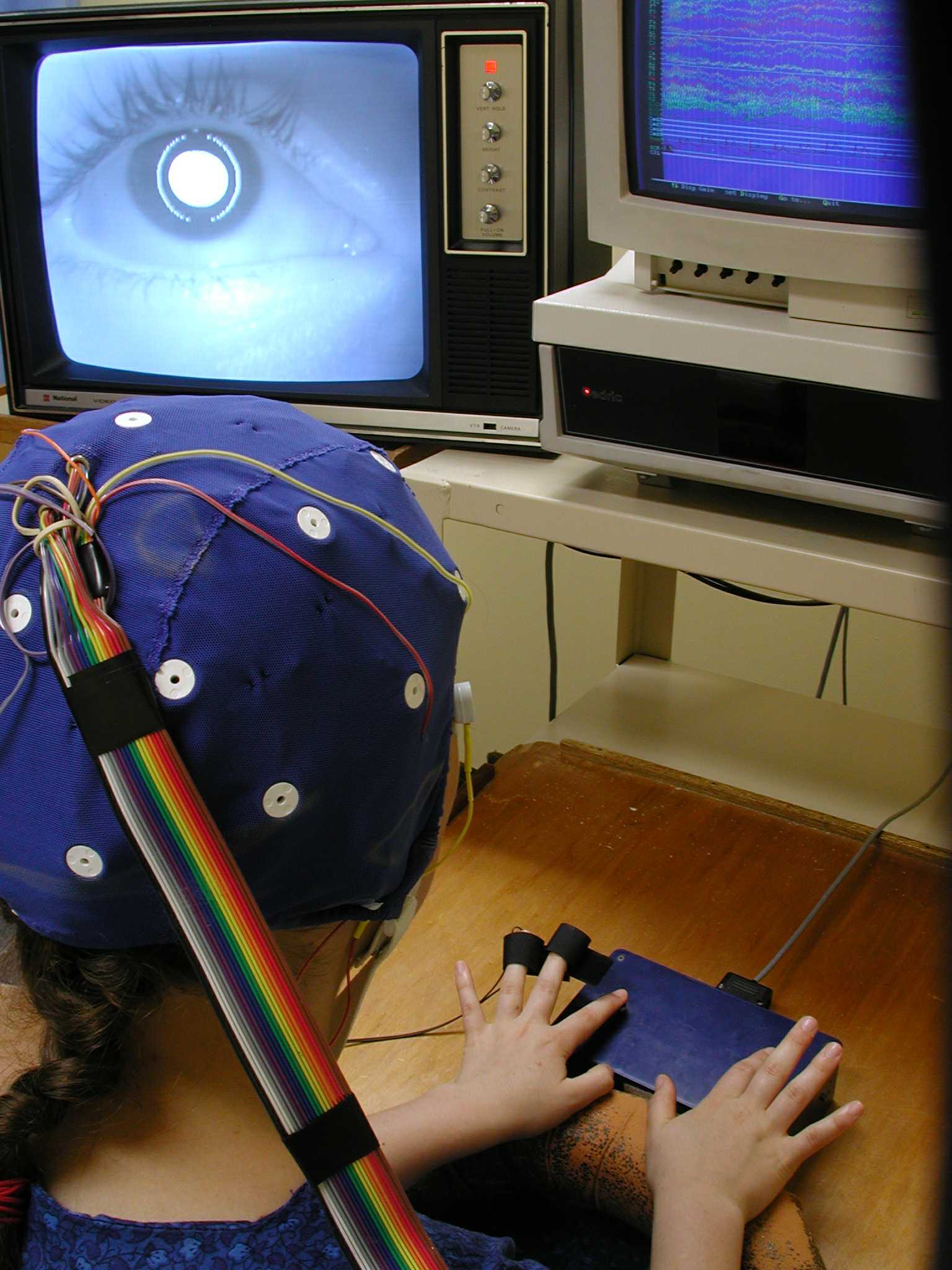 The ancient tradition of yoga and meditation began in Indian prehistory as a system of mental, physical and spiritual exercises. In approximately 500BC the physician and sage Patanjali formalised this tradition into a science with four major and four lesser branches involving ethical restraint, self-discipline, mental focus, physical exercise and meditation. The entire system was used in an integrated fashion and directed at the attainment of a unique state of spontaneous, psychological integration1. Modern psychologists have described this state as “individuation”2 or “self-actualization”3 and it has been traditionally termed “self-realisation”.
The ancient tradition of yoga and meditation began in Indian prehistory as a system of mental, physical and spiritual exercises. In approximately 500BC the physician and sage Patanjali formalised this tradition into a science with four major and four lesser branches involving ethical restraint, self-discipline, mental focus, physical exercise and meditation. The entire system was used in an integrated fashion and directed at the attainment of a unique state of spontaneous, psychological integration1. Modern psychologists have described this state as “individuation”2 or “self-actualization”3 and it has been traditionally termed “self-realisation”.
A great deal of meditation research has occurred over the last fifty years with mixed results.4 The advent of Transcendental Meditation in the 1960s and 1970s gave scientists an opportunity to study a standardised technique. Many interesting results were obtained in multifaceted studies; however problems with methodology and interpretation of data have been noted.5 Similarly, other techniques have been assessed giving results which are often remarkable but, unfortunately, inconsistent and difficult to reproduce. The cultic connotations of many of these techniques and the organisations that promote them are also of considerable and justifiable concern and have, no doubt, hampered research in this area.6 Yet the health practitioner continues to intuitively recognise the role of stress in clinical illness, particularly in relation to the so-called “psychosomatic” diseases.7
Despite the tremendous advances in modern medicine we are still to develop truly effective strategies to deal with the common public health problems that cause most of the mortality and morbidity in the wider community. The use of stress reduction has been shown to be beneficial in many diseases, as it improves psychological and physical health and lifestyle awareness.8 Importantly the utilisation of stress reducing techniques brings us closer to the ideal of a holistic, integrated health care strategy. Several mechanisms have been proposed to explain the way in which psychological stress translates into physical disease. Some of the mystery has been explained by the “general adaptation syndrome” in which stressors induce psycho-hormonal changes. In an acute context these changes result in emergency adaptation of physiological function. In a context of chronic stimulation these changes, rather than maintaining psychological homoeostasis, ultimately result in physical debilitation of body systems.9
The “parasympathetic response”, or “relaxation response”, is another mechanism worthy of investigation.10 It is the physiological opposite to that of the “fight or flight” reaction that we are all familiar with. It involves a slowing of the heart rate, reduced rate of respiration and relaxation of the muscles, in association with a reduction in circulating stress hormones and alpha brain wave activity. This physiological reaction is mediated by the autonomic nervous system, a complex set of nerves that governs all the automatic systems of the body that are essential for life. The role of the hypothalamic pituitary axis, which is the main controlling centre for the hormonal activities of the body, is also worth considering. Regardless of the underlying theories, the majority of clinicians recognise that stress is a major contributor to disease and that a simple stress management technique, such as meditation – once scientifically proven and clinically evaluated – could be widely applied in the clinical setting.

Heiio!Hou are you !I am a chinese teacher ,The Medical College of JiaYing Unversity ,MeiZhou, Guangdong, 514031,China,
I LOVE Sahaja Yoga meditation, I want to research chinese students Anxiety–Studies exploring the use of meditation to reduce anxiety,but my english very poor,in our country so meditation research very little.can you help me?
I Needmeditation to reduce anxiety studies result .think you
Are you still practicing sahaja yoga meditation. Let me know if you still seek some answer?
This is very precious blog having scientific view of Sahaja Yoga meditation. Thanks for sharing precious knowledge of Sahaja Yoga.
Its wonderful page, can we please have the linked articles /papers that are numbered in this page?
Thanks
Dr.Vamsi Krishna